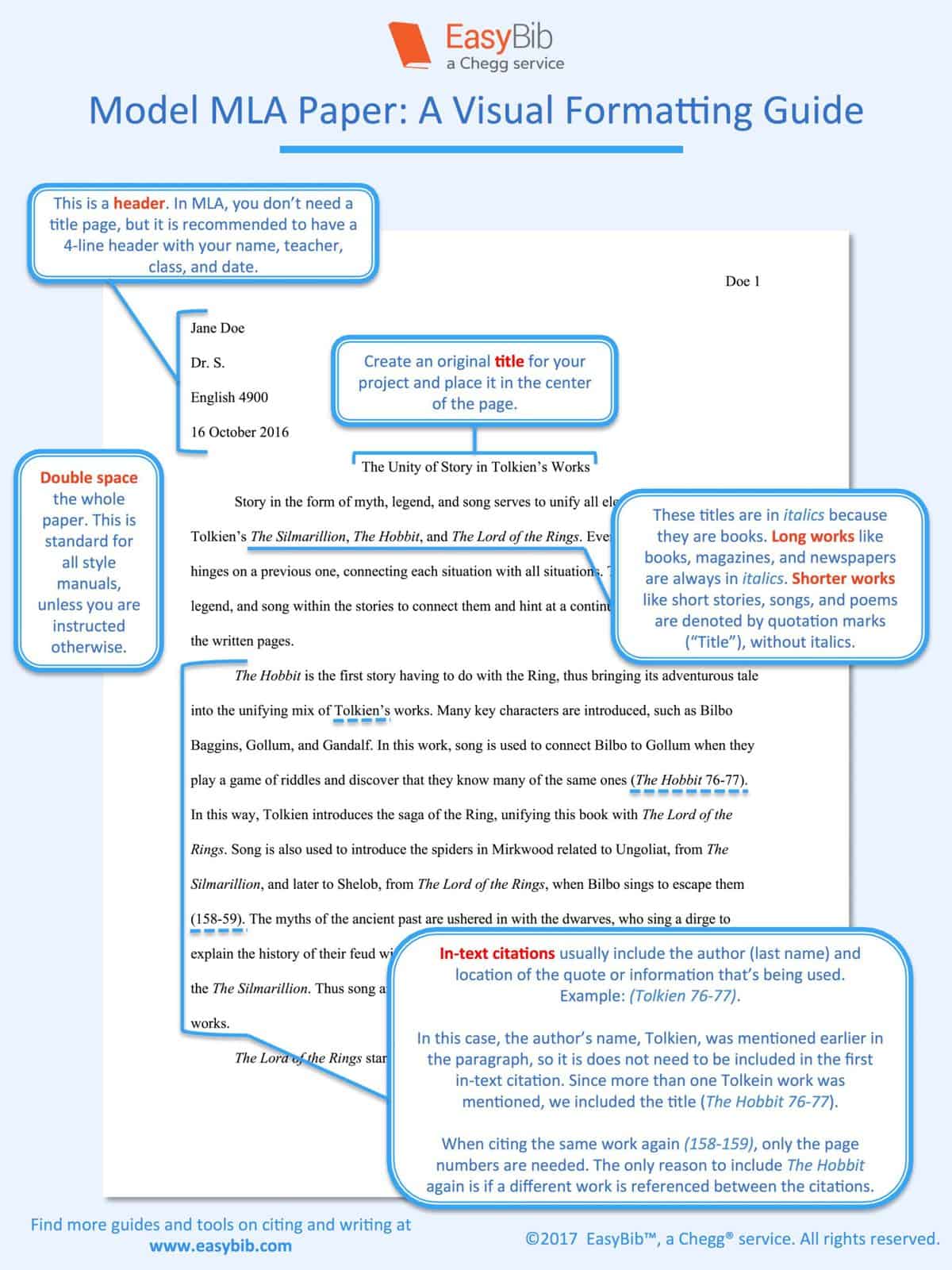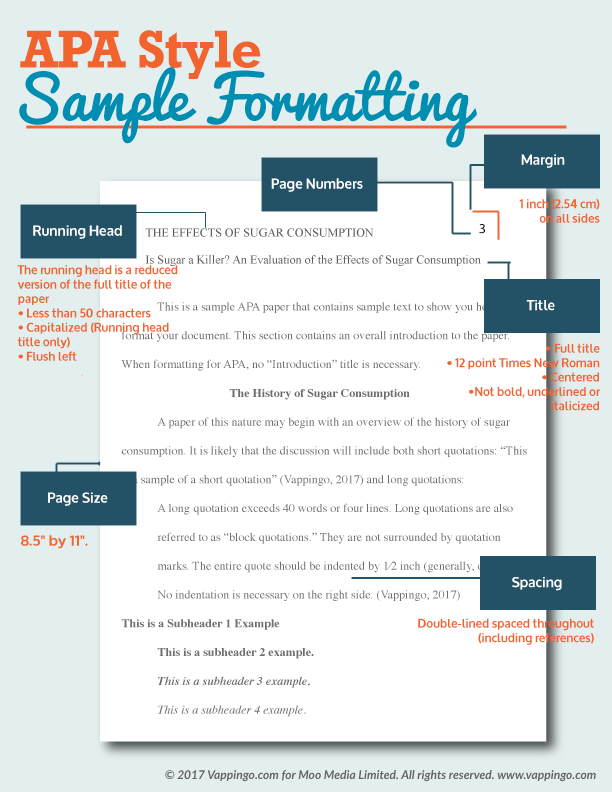
To do well on a paper, you must use proper formatting. Formatting refers to the way your paper looks. This includes font size, line spacing, page headers, and many other details. The two most common formats are MLA and APA . Your teacher should specify which format they expect you to use, but sometimes they will not. In deciding which format to use, keep this in mind: APA is used for social sciences and psychology, and MLA is used for humanities and literature. The boxes below contain guidelines for both formats.
Important basics of MLA formatting to keep in mind:

Some important basics of APA formatting to keep in mind:


Some links in these guides lead to external websites. While we strive to include accessible and reputable sources, we cannot guarantee the accessibility of external content.